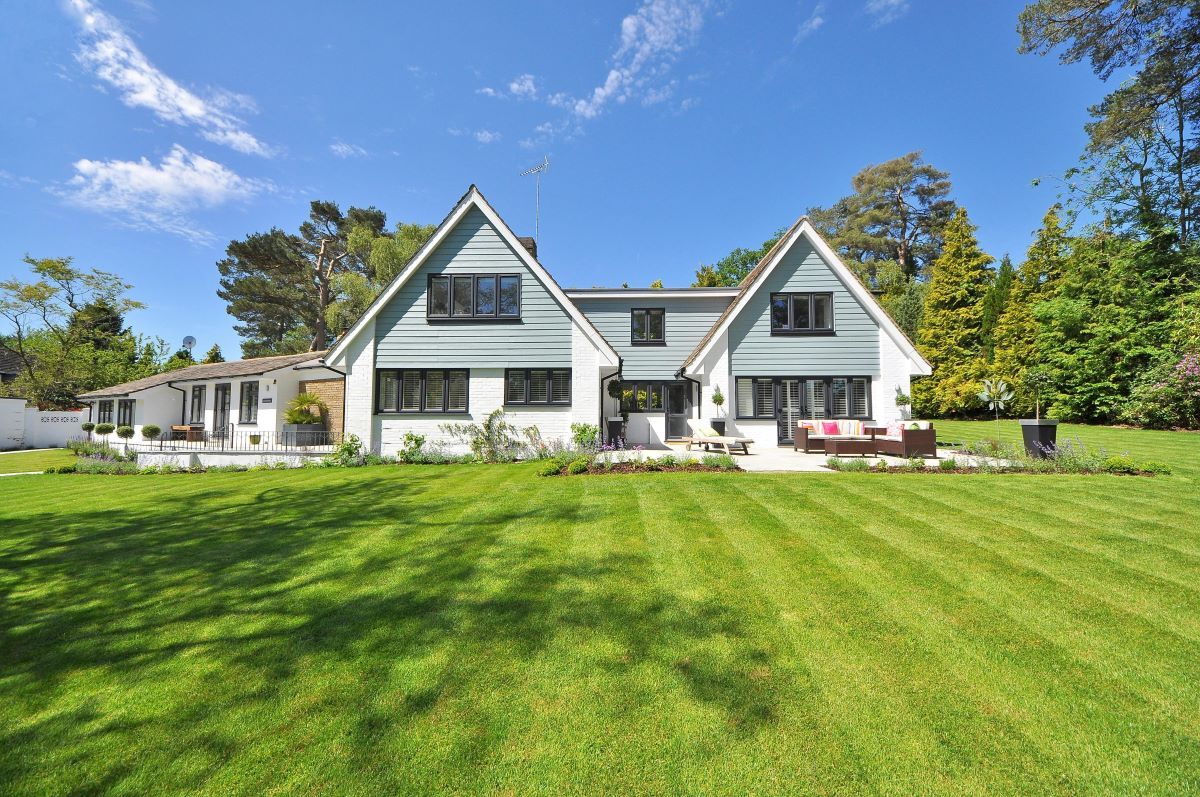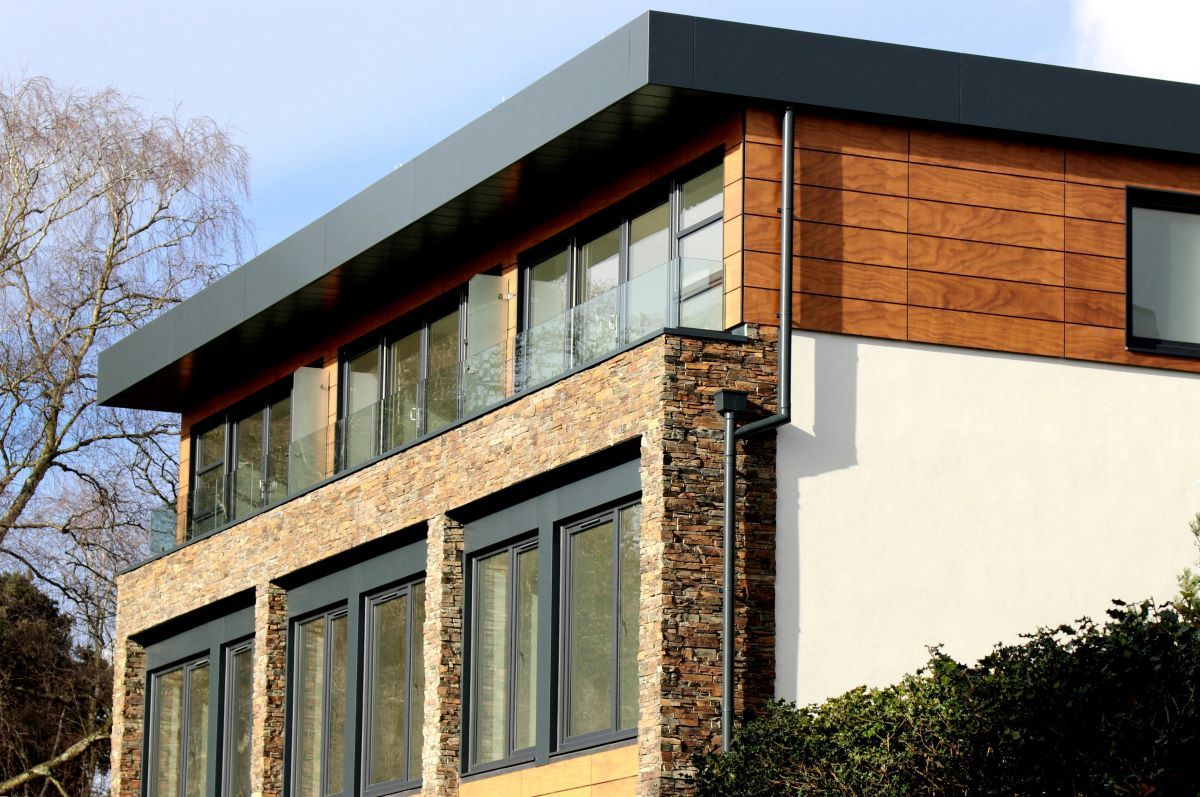
Eco-friendly upgrades, such as solar panels, native plants, and energy-efficient materials, are becoming essential for homeowners looking to reduce their environmental impact and embrace sustainable living. These upgrades are practical and cost-saving. However, homeowners’ associations (HOAs) often enforce strict rules that can make implementing these changes difficult. Balancing these goals with HOA compliance requires creativity and planning in environmentally conscious cities, where sustainability is highly valued. Understanding HOA rules and working collaboratively to find solutions can help homeowners achieve greener lifestyles while adhering to community standards.
Understanding the Intersection of Sustainability and HOA Rules
As more homeowners adopt sustainable practices, eco-friendly upgrades have become essential for reducing environmental impacts. These upgrades range from renewable energy systems to water-efficient landscaping. They help save energy, conserve water, and reduce long-term costs. However, homeowners’ associations (HOAs) often face challenges when enforcing strict property modification rules. These regulations are meant to maintain uniformity and preserve property values. Nevertheless, they can create barriers for those looking to adopt green solutions.
For instance, some HOAs prohibit visible installations like rooftop solar panels or lawn alterations that change the neighborhood’s appearance. Homeowners must navigate these restrictions carefully while aiming to comply. Success often requires balancing personal sustainability goals with HOA standards. Understanding the rules and working collaboratively with the HOA can lead to effective compromises.
Eco-Friendly Upgrades Within HOA Regulations: What You Need to Know
HOAs manage external changes to properties, from the paint color to the type of fencing allowed. While these rules protect property values, they may inadvertently discourage sustainability. Many HOAs regulate visible additions like wind turbines or green roofs, which could clash with established aesthetics. That makes it crucial to understand the bylaws before planning upgrades.
Some eco-friendly upgrades fall within HOA regulations and are easier to implement. For example, low-maintenance gardens, compost bins, and energy-efficient windows can align with community standards. Modifications that are less visible or enhance the property’s appeal have a better chance of approval. Before starting a project, homeowners should discuss their plans with the HOA to avoid violations and gain support.
Green Living and Relocation: Making Sustainable Choices in New Communities
Relocating to a new neighborhood presents an excellent opportunity to incorporate sustainable practices, especially in eco-conscious cities like Seattle. Known for its commitment to green living, Seattle offers an ideal environment to start your journey toward a more sustainable lifestyle. Therefore, when planning your move, consider how hiring local movers in Seattle can make the process more environmentally friendly. These professionals are familiar with the area, enabling them to choose efficient routes and implement fuel-saving strategies, reducing the overall carbon footprint of your relocation. Also, local movers can assist with efficient packing and space-saving loading and unloading techniques, which minimize the number of trips required and further support a greener move.
Once settled, consider starting small with sustainable changes aligned with HOA guidelines. To begin your green journey, opt for energy-efficient appliances, composting systems, or low-impact landscaping. Engaging with your HOA on time can help you understand their rules and suggest eco-friendly solutions that work for everyone. By prioritizing sustainability during and after your move, you can make a lasting impact on your home and the community.
Creative Landscaping Solutions: Boost Sustainability Without HOA Conflict
Sustainable landscaping is one of the simplest ways to stay eco-friendly while respecting HOA restrictions. Xeriscaping, which involves using drought-tolerant plants, minimizes water consumption. HOAs may approve these plants since they require less irrigation and reduce maintenance. Similarly, native species often blend with the local environment and align with many HOAs’ aesthetic preferences.

Rain gardens are another sustainable option. These gardens collect and filter stormwater, reducing runoff and preventing erosion. While some HOAs may initially hesitate, presenting rain gardens as visually appealing and beneficial for drainage can win approval. For example, adding decorative elements like rocks or flowers can enhance the garden’s appeal. Collaborative planning with the HOA ensures compliance and builds goodwill.
Renewable Energy Options That Align With HOA Guidelines
HOAs scrutinize renewable energy systems like solar panels due to their visual impact. However, there are ways to adopt these technologies while following HOA guidelines. Solar shingles, which integrate seamlessly with roofs, offer an effective alternative. They provide clean energy without disrupting the property’s appearance.
Another option is energy-efficient window films. These films reduce heat transfer, lowering energy use without altering the property’s exterior. Battery storage systems can also help homeowners maximize renewable energy use. These systems store energy for later use, eliminating the need for visible panels. Homeowners can find solutions that align with their sustainability goals and community rules by researching HOA-compliant technologies.
Sustainable Exterior Modifications That Stay HOA-Compliant
Exterior upgrades can improve sustainability without violating HOA standards. Replacing traditional lighting with LED fixtures is an easy way to lower energy consumption. LEDs are durable, efficient, and available in various styles that fit most HOA preferences.
Eco-friendly roofing materials are another valuable upgrade. Cool roofs, made from reflective materials, reduce heat absorption and improve indoor comfort. Similarly, permeable paving systems for driveways and walkways allow water to filter through, reducing runoff and preventing flooding. These upgrades meet environmental goals while maintaining a neat and clean appearance.
Even small details like neutral-colored paint choices can align with sustainability efforts. Many eco-friendly paints contain fewer volatile organic compounds (VOCs), improving air quality without affecting property aesthetics. Homeowners should consult their HOA to ensure compliance and gain support for these changes.
Communication and Advocacy: Key to Balancing Green Goals and HOA Rules
Clear communication with the HOA is crucial when planning sustainable changes. Start by thoroughly reviewing the bylaws to understand what is allowed and requires approval. Homeowners should present their plans professionally, emphasizing the community's benefits. Highlighting cost savings, environmental advantages, and improved property values can help gain the HOA’s support.

Engaging with neighbors is another effective strategy. When multiple residents advocate for eco-friendly upgrades, the HOA is more likely to consider changes. For example, if several households express interest in solar panels or water-efficient landscaping, the HOA may revise its guidelines. Showing examples of successful projects in similar communities can further strengthen your case. By working together, homeowners and HOAs can achieve mutually beneficial results.
Embracing Sustainability Within HOA Boundaries
Adopting eco-friendly features within HOA restrictions is achievable with careful planning and collaboration. Homeowners can start by focusing on smaller changes that require minimal approval, such as LED lighting or drought-tolerant plants. These initiatives demonstrate the value of sustainability without disrupting community standards.
As these efforts gain traction, they often inspire others in the community to adopt similar practices. That can lead to broader acceptance of eco-friendly projects and potentially influence the HOA to revise its policies. With this in mind, homeowners can drive meaningful change that benefits the environment and the community. Sustainability and HOA compliance are not mutually exclusive. Homeowners can positively impact by working within the rules and advocating for change.
Eco-Friendly Upgrades and HOA Restrictions
This article explores the challenges and opportunities of implementing eco-friendly upgrades within the boundaries of homeowners’ association (HOA) rules. It emphasizes the importance of balancing sustainability with compliance, offering actionable insights into creating greener homes while respecting HOA standards.




